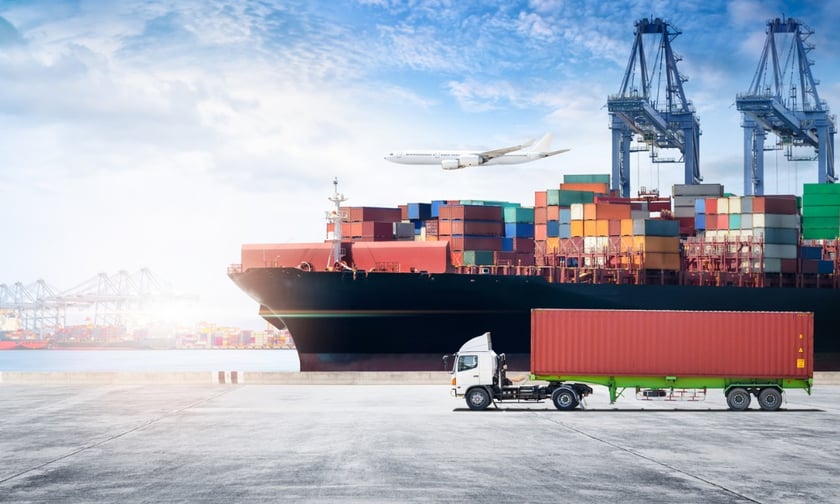

Delays at the Panama Canal, driven by drought, are set to continue contributing to increased construction costs and material shortages, placing an additional burden on insureds.
“The Panama Canal provides for significant trade between the east coasts of the US and Canada and markets in East Asia,” said Bernard McNulty, chief agent and head of claims, Canada, at Allianz Commercial.
“The trade includes various products including automobiles and auto-related parts, petroleum products, grains, construction materials and many other things.”
The drought and subsequent reduced shipping traffic through the canal has caused delays and added costs for petroleum products and fuels used in large excavation and earth moving construction projects.
Additionally, some construction equipment manufactured in China is also being delayed.
“Specialized and structural steel, insulation materials, drywall, glass, stucco mesh, siding, roofing and building controls are just a few of the construction materials typically imported from China that come into eastern Canada through the canal,” McNulty said.
The added shipping costs and delays through alternate routes has increased costs for projects in Canada.
The Panama Canal, which acts as an interoceanic highway between North and South America, has been experiencing severe drought, exacerbated by El Nino conditions.
A delayed start to this year’s rainy season has resulted in a “significant” decrease in vital fresh water levels in the Panama Canal’s reservoirs, according to the Panama Canal Authority.
Last month it faced the driest October since 1950, with 41% less rainfall than usual and Gatun Lake falling to levels unprecedented for the time of year.
Panama Canal Authority adapts to unprecedented challenges.
— The Panama Canal (@thepanamacanal) August 10, 2023
More information: https://t.co/kb60EuWuDL
In response, the Panama Canal Authority has moved to limit average transits through the canal, with 24 daily booking slots available throughout November, with this continuing to shrink into at least February, when there will be just 18 per day.
“As indicated in previous advisories, the ACP strongly encourages vessels to make use of the Transit Reservation system in order to guarantee a transit date and to reduce the possibility of extensive delays,” Panama Canal Authority vice president for operations Boris Moreno Vasquez cautioned in an October 30 update.
As of November 23, 57 booked vessels were in the Panama Canal transit queue, in addition to 83 non-booked.
Northbound vessels were spending an average of 9.3 days in the queue, up from 2.1 days on October 27. Southbound vessels were also facing an increased wait time of 6.6 days, up from 3.5 days on October 27.
More than 13,000 ships use the Panama Canal each year, with 180 maritime routes served and vessels from 1,920 ports across 170 countries utilizing the route.
Shipping companies have spent $235 million so far this year in bids to skip ahead of Panama Canal congestion, BNN Bloomberg has reported.
Delays and disturbances to global shipping and trade routes can prove costly.
In 2021, container ship the Ever Given became stuck in the Suez Canal, a critical trade route between Europe and Asia. At the time, analysts at Russell said the blockage had the potential to cause $40 billion in trade disruption costs.
The six-day Ever Given blockage held up almost $10 billion worth of trade, according to Lloyd’s List Intelligence data.
Share your thoughts on the Panama Canal drought and its construction and insurance impact in the comments below.
